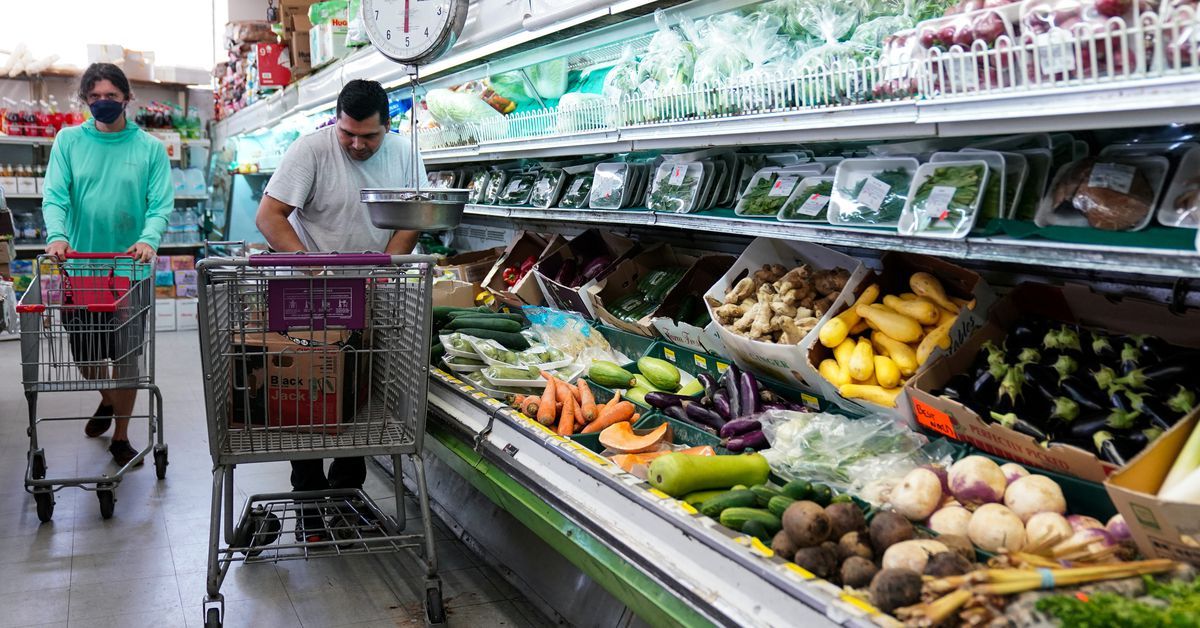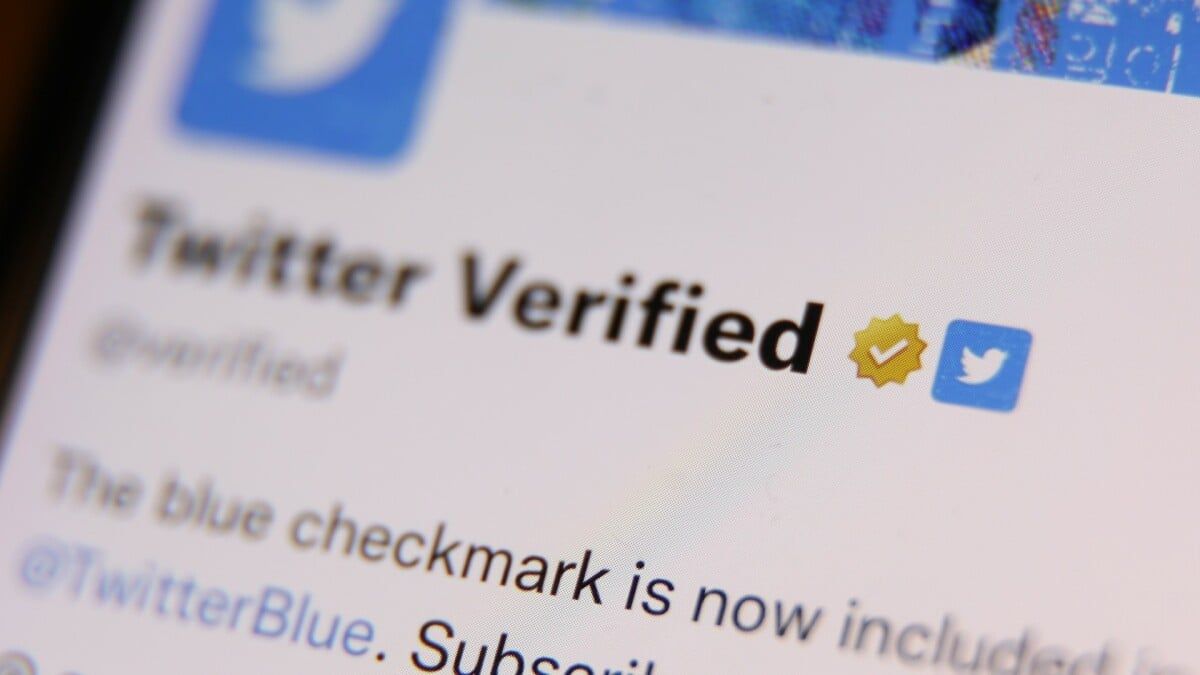US annual inflation posts smallest rise in more than two years
Summary PCE price index rises 0.2% in June; up 3.0% year-on-year
Core PCE price index climbs 0.2%; gains 4.1% year-on-year
Labor costs increase 1.0% in second quarter
WASHINGTON, July 28 (Reuters) - Annual U.S. inflation rose at its slowest pace in more than two years in June, with underlying price pressures receding, a trend that, if sustained, could push the Federal Reserve closer to ending its fastest interest rate hiking cycle since the 1980s.
The improving inflation environment was reinforced by other data on Friday showing labor costs posted their smallest increase in two years in the second quarter as wage growth cooled. It mirrored reports this month showing the economy shifting into disinflation mode, with consumer prices moderating sharply in June and producer inflation muted.
That, together with labor market resilience, which is underpinning consumer spending, raised cautious optimism of a "soft landing" for the economy envisaged by Fed officials rather than the recession that most economists have been predicting.
"The inflation outbreak is winding down quicker and with less pain for the labor markets than economists could have imagined just a year ago," said Christopher Rupkey, chief economist at FWDBONDS in New York. "This means policymakers can most likely skip a rate hike at the upcoming September meeting."
The personal consumption expenditures (PCE) price index increased 0.2% last month after edging up 0.1% in May, the Commerce Department said. Food prices dipped 0.1% while the cost of energy products increased 0.6%. In the 12 months through June, the PCE price index advanced 3.0%. That was the smallest annual gain since March 2021 and followed a 3.8% rise in May.
Excluding the volatile food and energy components, the PCE price index gained 0.2% after rising 0.3% in the prior month. That lowered the year-on-year increase in the so-called core PCE price index to 4.1%, the smallest advance since September 2021. The annual core PCE price index climbed 4.6% in May.
Line chart with data from the Bureau of Economic Analysis and Federal Reserve shows PCE inflation slowed to 3% year-on-year in June, while core PCE inflation also eased to 4.2%.
Economists polled by Reuters had forecast the core PCE price index would gain 0.2% and rise 4.2% on a year-on-year basis. They calculated that the "super core" increased 4.1% on a year-on-year basis after rising 4.7% in May. This measure of services less housing is being closely monitored by policymakers to gauge progress in the inflation fight.
The PCE price indexes are the Fed's preferred inflation measures for its 2% target. The core PCE price index reading in June was just above the Fed's recent forecast of 3.9% for the fourth quarter of 2023.
The U.S. central bank on Wednesday raised its policy rate by 25 basis points to the 5.25%-5.50% range, a level last seen just prior to the 2007 housing market crash and which has not been consistently exceeded for about 22 years.
Stocks on Wall Street were trading higher. The dollar fell against a basket of currencies. U.S. Treasury prices rose.
Inflation
WAGE GROWTH SLOWS
A man arranges produce at Best World Supermarket in the Mount Pleasant neighborhood of Washington, D.C., U.S., August 19, 2022. REUTERS/Sarah Silbiger/File Photo
Annual inflation is easing as last year's surge drops out of the calculations. Food commodity prices are back at levels seen prior to Russia's invasion of Ukraine in February 2022.
A separate report from the Labor Department showed the employment cost index, the broadest measure of labor costs, rose 1.0% in the second quarter. That was the smallest increase since the second quarter of 2021 and followed a 1.2% advance in the January-March period. Labor costs increased 4.5% on a year-on-year basis after shooting up 4.8% in the first quarter.
The ECI is viewed by policymakers as one of the better measures of labor market slack and a predictor of core inflation because it adjusts for composition and job-quality changes.
Wages and salaries rose 1.0% in the second quarter, also the smallest gain in two years, after an increase of 1.2% in the prior three months. They were up 4.6% on a year-on-year basis after advancing 5.0% in the first quarter.
The moderation reflects cooling demand for workers. Wage growth, however, continues to exceed pre-pandemic rates.
"Employers are not feeling the same pressure to increase wages as they have in the past few years," said Cory Stahle, an economist at Indeed Hiring Lab in Salt Lake City, Utah.
Inflation-adjusted wages for all workers accelerated 1.7% on a year-on-year basis after being unchanged in the first quarter. The largest increase in real wages in three years gave a boost to households' purchasing power, helping to drive consumer spending and keep the economy afloat.
Employment cost index
Consumer spending, which accounts for more than two-thirds of U.S. economic activity, increased 0.5% in June after gaining 0.2% in May, the Commerce Department report showed. The data was included in the advance estimate of second-quarter gross domestic product, which was published on Thursday.
Though consumer spending growth decelerated last quarter, that was partly blamed on difficulties adjusting the data for seasonal fluctuations following a surge in the first quarter.
The increase was enough to help boost economic growth to a 2.4% annualized rate last quarter from the 2.0% pace reported in the first three months of the year.
In June, consumer spending was lifted by a surge in motor vehicle purchases as well as financial services and insurance outlays. There also were increases in spending on housing and utilities, recreation services, recreational goods and vehicles as well as furnishings and long-lasting household equipment.
After adjusting for inflation, consumer spending rose a solid 0.4% last month, putting it on a higher growth trajectory heading into the third quarter. But with households continuing to run down excess savings accumulated during the pandemic, student loan repayments set to resume and credit conditions tightening, consumer spending will probably not be robust.
"The slowing trends in inflation and wages, and the slowdown in spending we expect, support our expectation that this week's rate hike was the last," said Ellen Zentner, chief U.S. economist at Morgan Stanley in New York.
Reporting by Lucia Mutikani; Editing by Chizu Nomiyama and Paul Simao
Our Standards: The Thomson Reuters Trust Principles.
Source: Reuters


